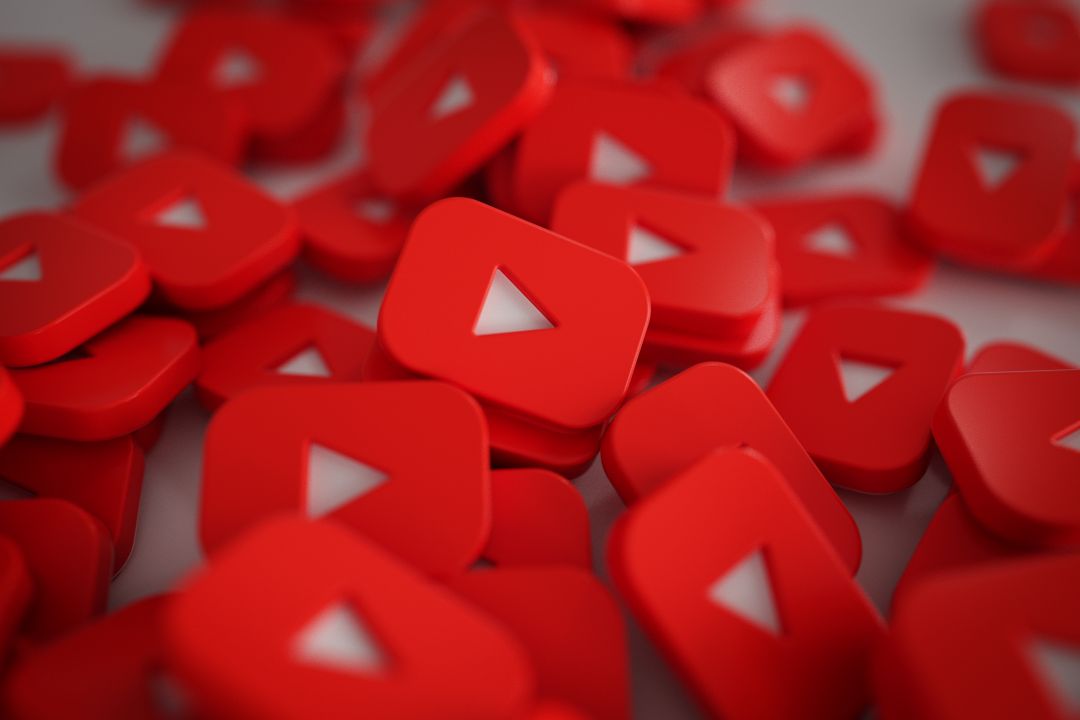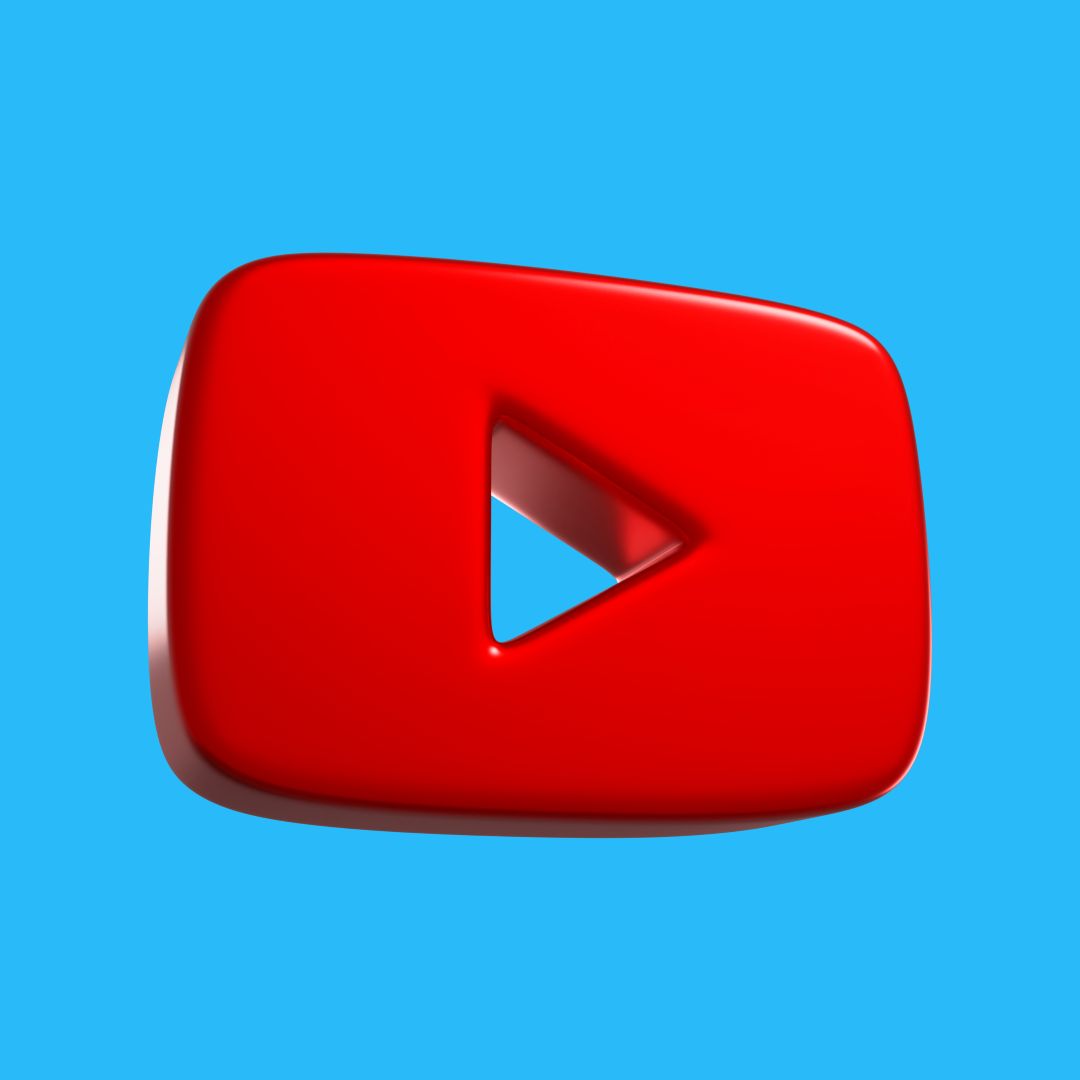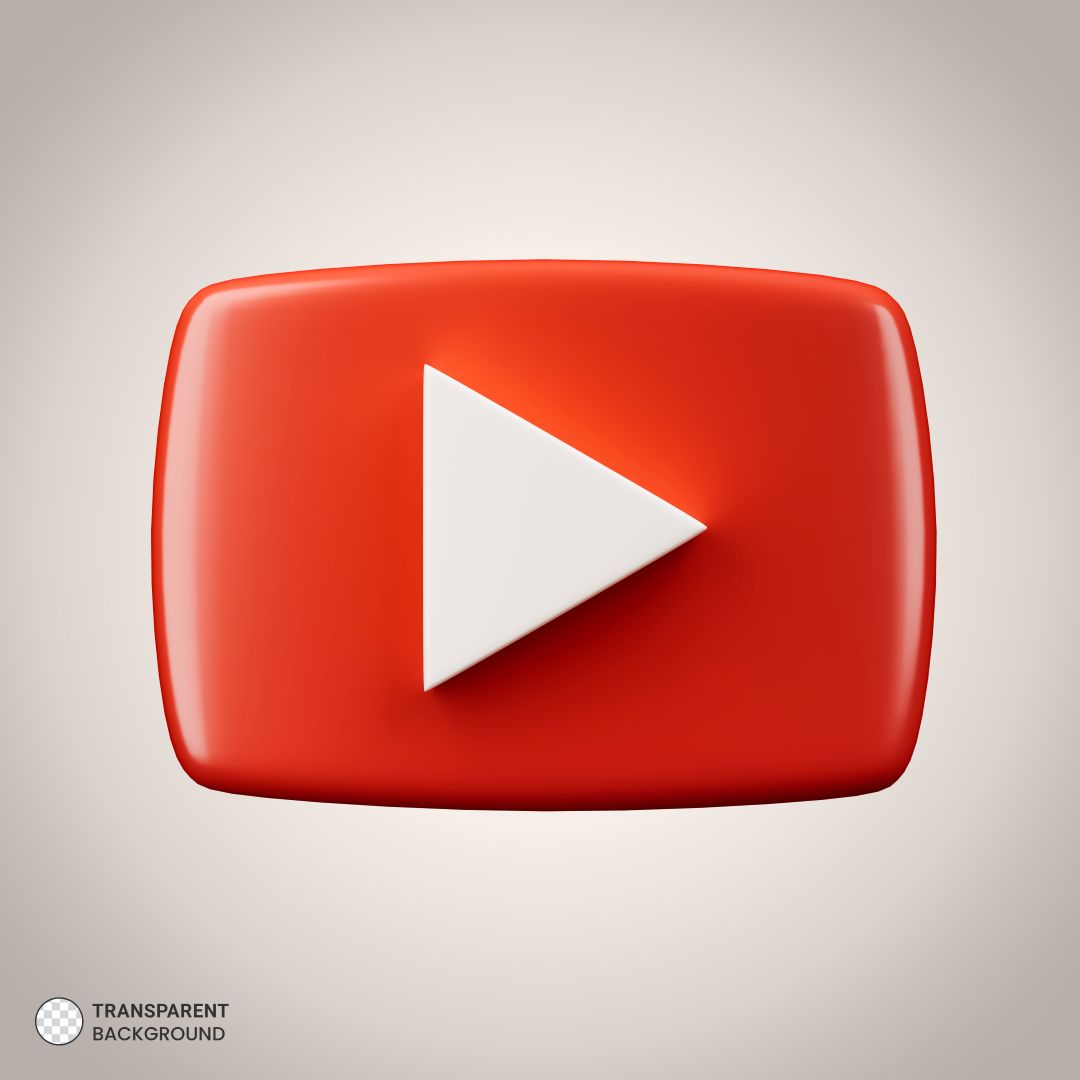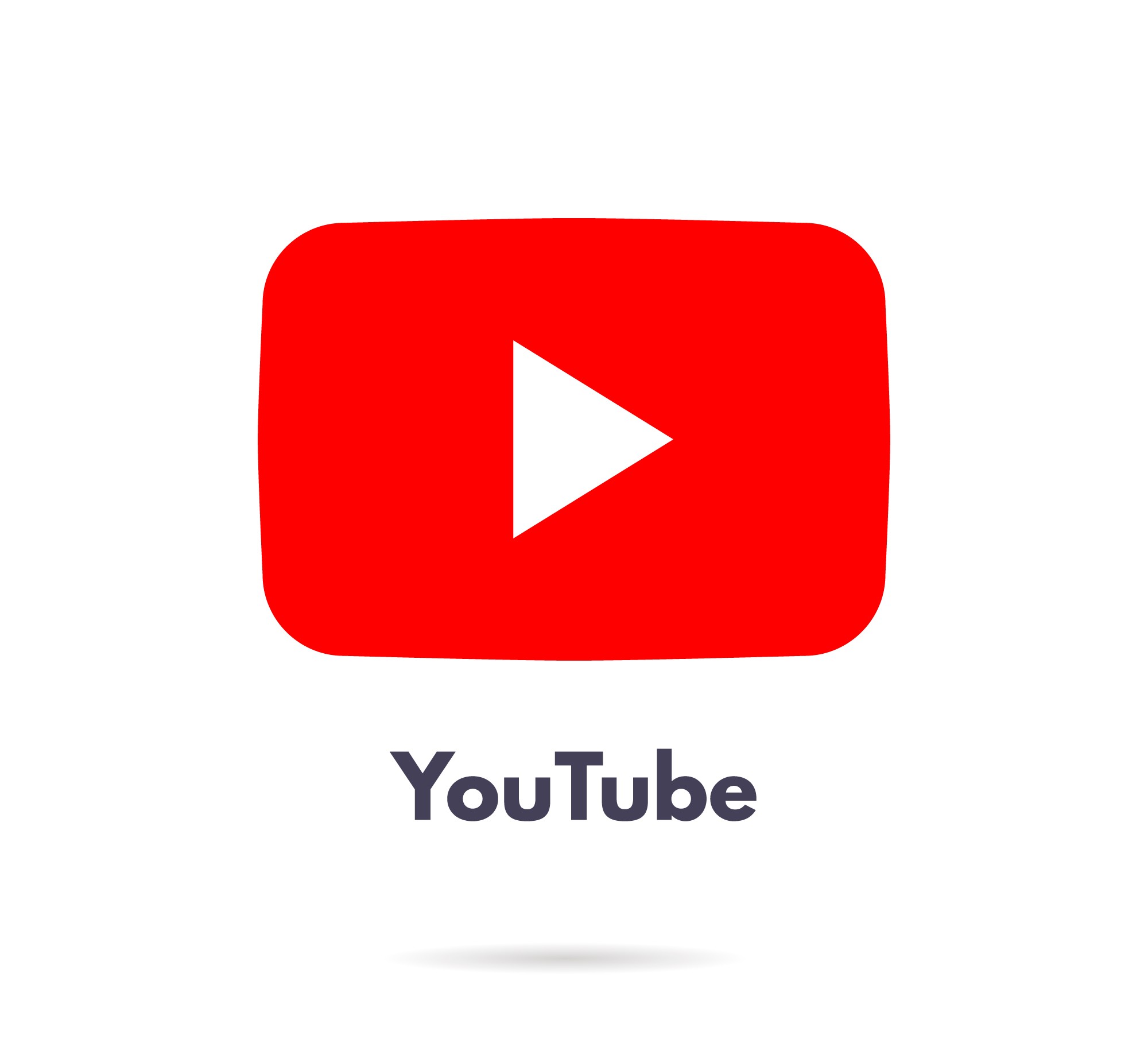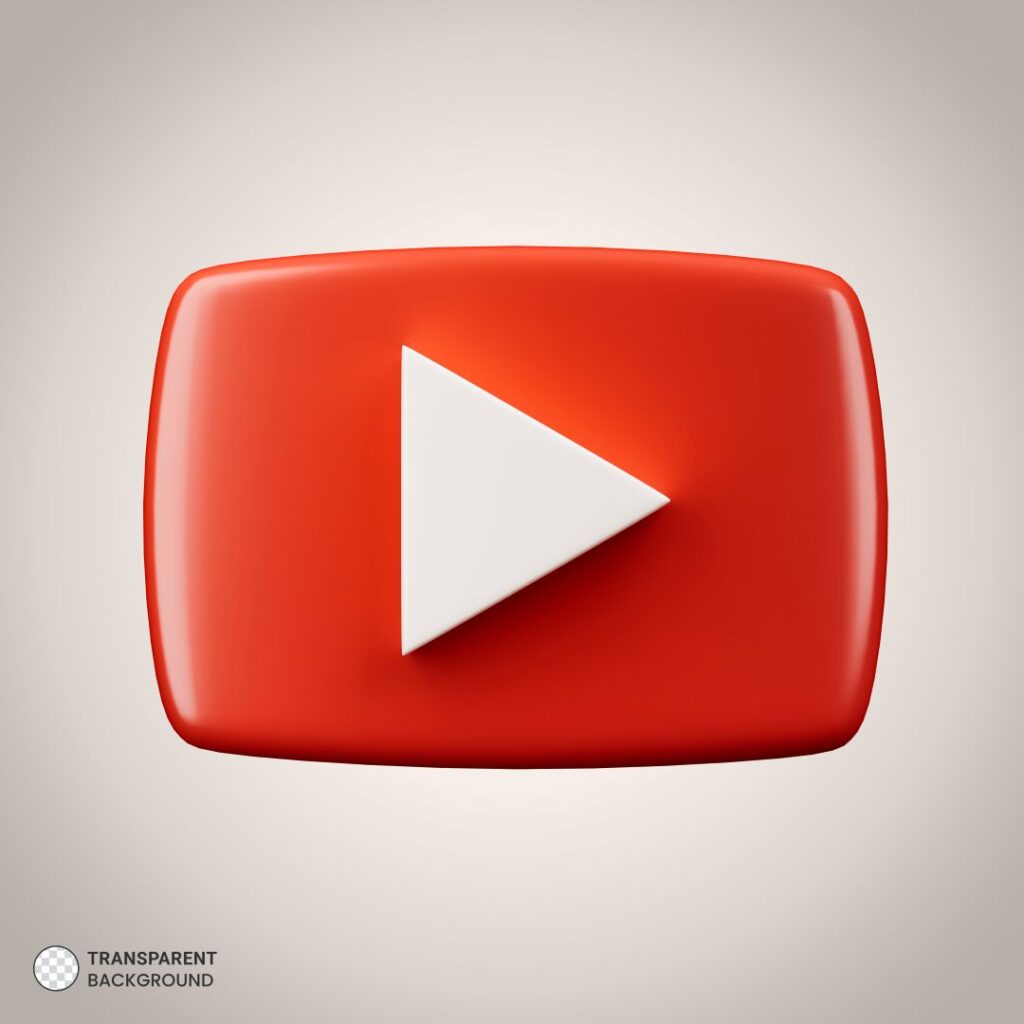Introduction
When Facebook was launched in 2004, it began as a simple social networking platform for college students. Fast forward to 2025, and Facebook is no longer just a place to post status updates or share selfies. It has evolved into a vast digital ecosystem—now a central player in the race to build the metaverse. But how did we get here? Let’s take a deep dive into Facebook’s remarkable transformation from a dorm-room idea to a futuristic metaverse hub.
1. Humble Beginnings (2004–2010)
Mark Zuckerberg and his Harvard roommates created Facebook with the idea of connecting students online. The platform grew rapidly, expanding beyond colleges to the general public. Features like the News Feed, photo sharing, and Messenger became essential tools for communication and digital identity.
🧠 By 2010, Facebook had over 500 million users—a number that reshaped how the world socialized online.
2. The Rise of a Tech Giant (2011–2019)
During the 2010s, Facebook began acquiring other companies like Instagram (2012) and WhatsApp (2014), further cementing its dominance in the social media world. It also launched Facebook Live, Marketplace, and Watch—tools aimed at expanding its reach into video content, commerce, and broadcasting.
Despite facing data privacy controversies (like the Cambridge Analytica scandal), Facebook’s user base continued to grow. It became not just a social network but a platform that influenced politics, culture, and business.
3. The Big Pivot: Meta and the Metaverse (2021)
In October 2021, Facebook Inc. rebranded as Meta Platforms Inc. to reflect its new focus: building the metaverse—a virtual world where people can work, play, socialize, and explore using digital avatars and VR/AR technology.
🧑🚀 “The metaverse is the next frontier in social connection,” Zuckerberg declared, signaling a bold new direction for the company.
4. Meta in Action: Building the Virtual Future (2022–2025)
With the launch of Horizon Worlds, Meta Quest headsets, and AI-driven avatars, Meta began shaping its vision into reality. Facebook’s core features still exist—posts, stories, and groups—but they are now deeply integrated with immersive 3D experiences.
Key developments include:
- Virtual meetings with avatars in Meta Workrooms
- Digital real estate and NFTs used inside the metaverse
- AI-powered assistants for social, gaming, and business use
- Commerce within virtual spaces, allowing businesses to set up shop in 3D
5. What This Means for You
Whether you’re a casual user, a content creator, or a business owner, Facebook’s evolution impacts you:
- You can host virtual events with international audiences
- Brands can sell products in VR
- Developers and artists can build immersive experiences
- Users can customize digital identities like never before
However, this shift also raises questions around data privacy, digital addiction, and accessibility, as the metaverse is still in early stages and remains expensive for many.

